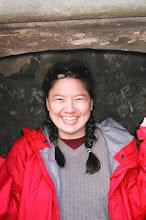Spatio-temporal patterns of ground-dwelling ant assemblages in a lowland rainforest in southeast Cameroon
From the August issue of Insectes Sociaux:
Abstract. We studied the spatio-temporal patterns of ground-dwelling and -foraging ant assemblages in a continuous mixed secondary lowland rainforest on the northern periphery of the Dja Biosphere Reserve in southeast Cameroon. The effect of season and of the interaction of season with vegetation type on ant species density, activity and composition were investigated. We also checked for a possible impact of army ant activity on the ant assemblage. Ants were collected by pitfall trapping in seven vegetation types in each of three seasons during 12 months in 2003 and 2004–2005. Season significantly influenced the ground-dwelling ant assemblage. The late wet season had the lowest ant species density and a different species composition than the early wet and the dry season. Also inter-annual variation in ant species density and composition was detected and could partly be explained by an influence of Dorylus activity. In general, vegetation type and inter-annual variation had a larger influence on the ground-ant assemblage than season. Significant effects of interactions between season, year, vegetation type and army ants on the ant assemblage confirm that also in African rainforests ant assemblages are extremely dynamic and depend on a complex combination of availability of food resources, nest sites and predators.


No comments:
Post a Comment